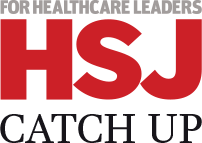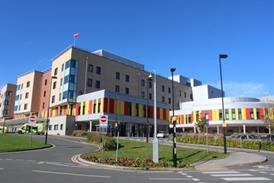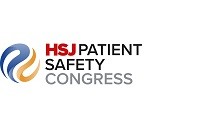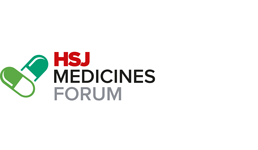Many of the long-term health conditions that affect adults’ lives are developed in childhood.1 Inequality is one of the biggest causes of these conditions. But just how serious is this issue, and what can be done to address it?
The links between poor health and inequality have been understood for many years but the issue remains stubbornly persistent. Even in 2024, twice as many people in the most deprived areas have major illnesses compared to the least deprived areas.2
Sponsored and written by
Inequality in focus
The Core20PLUS5 approach, pioneered by NHS England, was created specifically to tackle health inequality. It targets the most deprived 20 per cent of the population, as well as other communities where poor health access, experiences and outcomes create inequalities. A tailored approach is applied to reaching communities with specific needs, where appropriate, such as via inclusion health groups.
Core20PLUS5 has now been adapted to apply to children and young people, to address five clinical areas where inequality has been found to have a direct effect on young people’s health: asthma, diabetes, epilepsy, oral health, and mental health.
Deprivation and long-term health
Addressing these five clinical areas in children promises to make a profound difference to their whole-life health. In the most deprived areas of England, overall life expectancy for men is 74.1 years, compared to 83.5 in the least deprived areas. This is a difference of 9.4 years. For women, that difference is 7.7 years.3
Although the ages of 10-24 are generally characterised by good health in the majority of the population, a significant minority of young people experience long-term chronic conditions that are closely associated with deprivation, including depression/anxiety (18.1 per cent), asthma (11.9 per cent), diabetes (0.6 per cent), and epilepsy (0.6 per cent).4
The remote solution?
Remote Patient Monitoring solutions offer a way for young people to access the healthcare services they need to address and support their long-term physical and mental health conditions.
- A typical RPM solution uses a smartphone, a wearable monitoring device and/or a specialist RPM device like a glucose or heart monitor, connected to the patient’s WiFi or the 4G/5G network.
- The wearable or RPM device either captures and transmits data automatically to the RPM software/application, or the patient inputs and submits data themselves at agreed intervals.
- Data is processed and analysed at the patient’s hospital, clinic or GP practice, where medical professionals can assess the patient’s vital signs and intervene as required.
RPM solutions bring patient care within reach of children and young adults for whom it may otherwise be inaccessible. Along with the support and consent of a parent or carer, this can change the way they access care.
The benefits of RPM solutions
Remote patient monitoring can have a positive impact on young people because it:
- Minimises disruption: Young people with chronic conditions can be kept under supervision without having to miss school due to hospital visits.
- Supports continuous treatment: It’s easier for young people and their parents to maintain medication adherence, monitor their conditions and manage their symptoms from home.
- Reduces the risk of infections: With fewer hospital visits, vulnerable children will be less exposed to the risk of infections.
Remote patient monitoring challenges
Depending on the young person’s age and circumstances, they may need support to get up and running with their remote patient monitoring tech. According to Ofcom’s Adults’ Media Use and Attitudes Report 2023, 93 per cent of young people aged 16-24 use the internet at home5. So 7 per cent, or around half a million6, of young people statistically do not have access to the internet.
However, support can be provided by community organisations and NHS teams, depending on what’s best for each young patient. In many cases, young people can use their own devices, with mobile data for those who don’t have access to home WiFi. And those who don’t have access to their own device can be provided with help from an organisation like Vodafone.
Bridging the digital divide
At Vodafone, our everyone.connected initiative is targeting the digital divide (the gap between people with internet access and those without it) with the goal of reducing inequality. The initiative provides devices, SIM cards loaded with 40GB data a month for six months, plus unlimited calls and texts, to people who are otherwise unable to access essential services, and the programme is on track to help 4 million people and businesses cross the digital divide by 2025.
Overcoming child health inequality will require healthcare providers, community organisations and other stakeholder groups to work together. Vodafone is committed to playing our part in this important effort.
For more information about how we support the health sector please visit Vodafone in Health | Public Sector | Vodafone UK.
References:
4AYPH
5 Ofcom






























